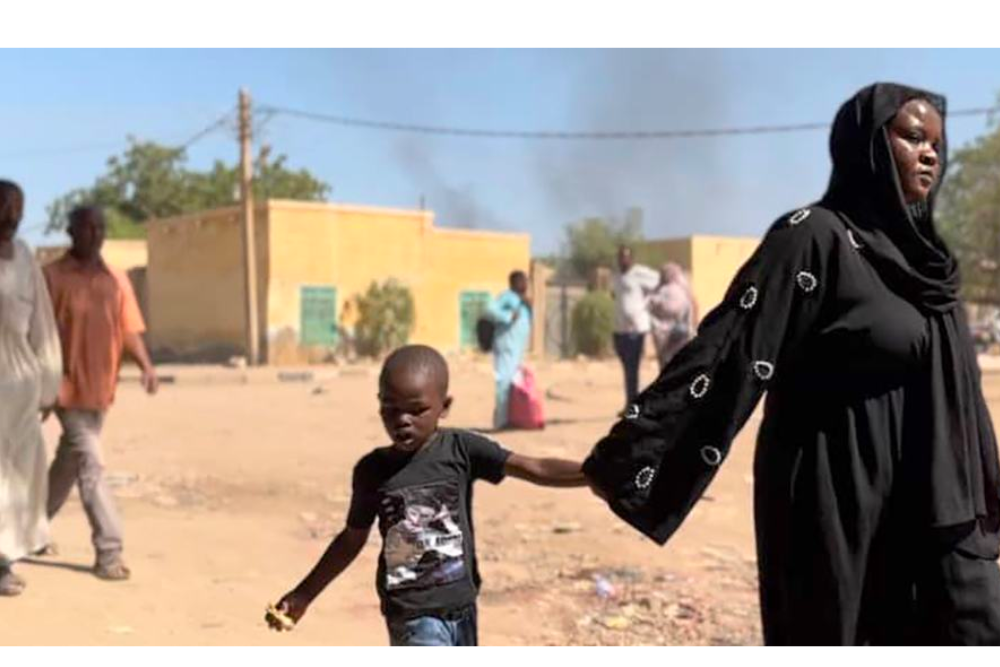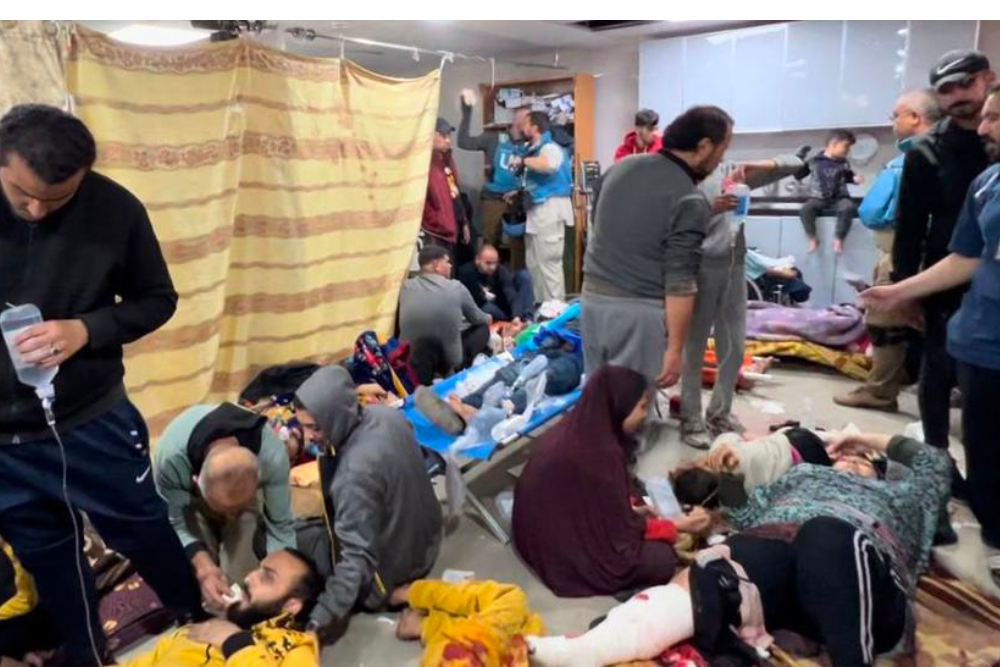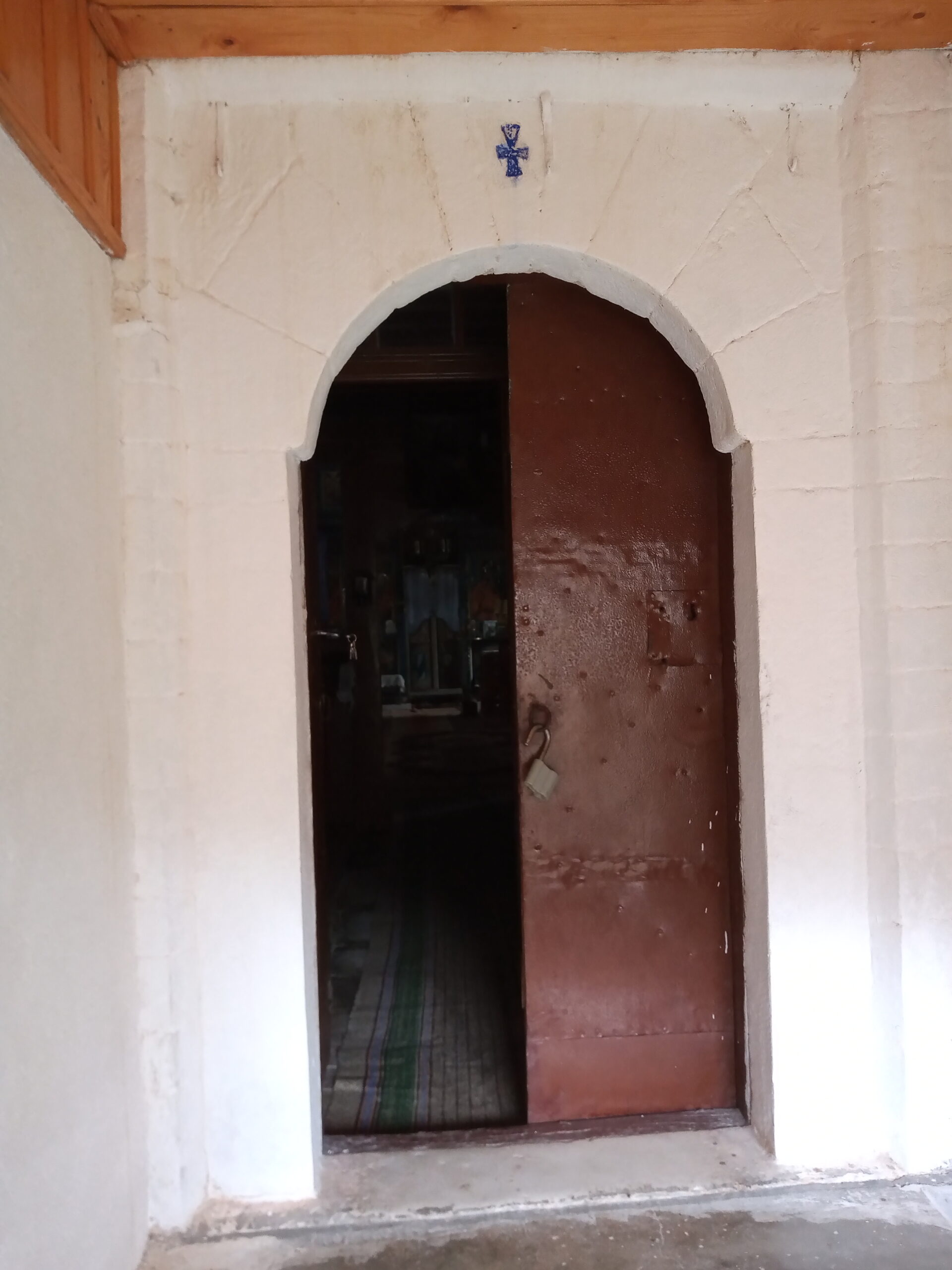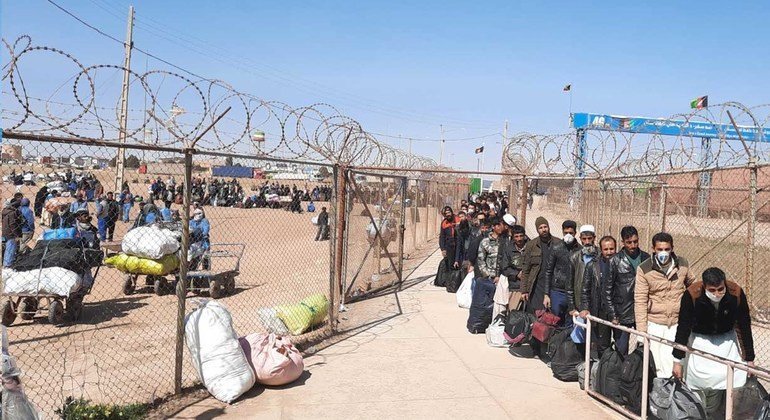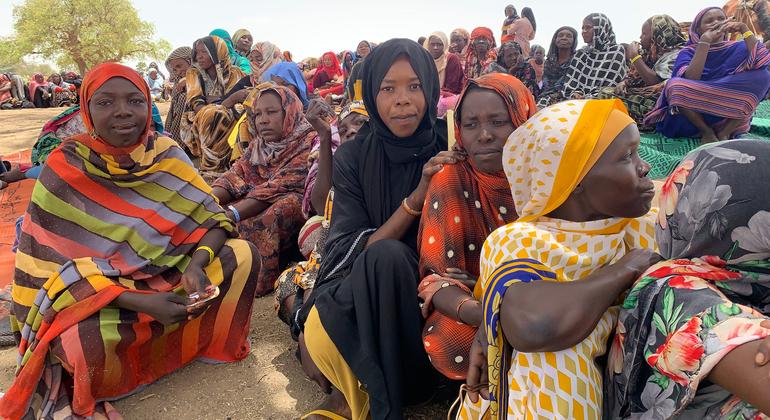World News: The international community must take “decisive and immediate action” to bring nearly nine months of brutal civil war in Sudan to an end and boost humanitarian relief, the UN relief chief Martin Griffiths said on Thursday.
The UN Emergency Relief Coordinator said in a statement that as the conflict continues to spread “human suffering is deepening, humanitarian access is shrinking and hope is dwindling.”
He said a grim turning point between government troops and their rival RSF militia has been reached with the recent fighting in Aj Jazirah state, the country’s breadbasket. More than 500,000 Sudanese civilians have fled from the state capital region, “long a place of refuge for those uprooted from clashes elsewhere.”
Continuing mass displacement is also threatening to fuel the rapid spread of cholera there, Mr. Griffiths warned.
‘Horrific abuses’
He said the same accounts of widespread rights violations and “horrific abuses” as in the capital Khartoum, Darfur and Kordofan, earlier in the conflict, were afflicting Wad Medani.
Furthermore, he warned that the fighting there – and looting of agency warehouses and supplies across what is a humanitarian hub – “is a body blow to our efforts to deliver food, water, healthcare and other critical aid.”
He said 25 million Sudanese would need help through this year but intensifying fighting may cut many off from lifesaving aid.
“Deliveries across conflict lines have ground to a halt”, he warned, which the violence is also threatening regional stability.
“The war has unleashed the world’s largest displacement crisis, uprooting the lives of seven million people.” It’s essential now to protect civilians, facilitate humanitarian access and end the fighting, he concluded.
Guterres welcomes major Russia-Ukraine prisoner exchange
The UN chief on Thursday welcomed the biggest prisoner of war exchange between Russia and Ukraine since Moscow began its full-scale invasion almost two years ago.
António Guterres said in a statement released by his Spokesperson that he commended the efforts by both countries, together with the “third-party facilitation by the United Arab Emirates that contributed to this positive development.”
The prisoner release was announced on Wednesday and was the first to take place for months.
The Russian ministry of defence said in a statement that 248 of its soldiers had been released while President Volodymyr Zelenskyy tweeted that a total of 230 Ukrainians had been returned home, of whom six were civilians.
“We remember each and every one of our people”, he wrote on X, “and we must return all of them.”
There have been dozens of prisoner exchanges with more than 2,800 Ukrainian prisoners returned and at least 1,000 Russians, according to news reports.
The last reported exchange took place in August, when 22 Ukrainian soldiers were released.
In response to the latest release, the statement from the UN chief said he hoped that this “important step” would be followed by additional exchanges, “and by other de-escalation efforts.”
Rights chief expresses shock over Iran bombings
The UN’s top human rights official Volker Türk has expressed shock at a deadly terror attack now claimed by ISIL that killed scores of people taking part in a public commemoration event in the south of Iran on Wednesday.
Mr. Türk said in a social media post on X that those responsible for the double bombing near the tomb of a former top general “must be held to account, in accordance with international standards”.
The UN rights chief’s condemnation echoed that of the UN Secretary-General following reports of the bloodbath in Kerman city, as crowds gathered to remember and honour former top general Qasem Soleimani who was killed in 2020 in a US drone strike.
Eighty-four people including three children were reportedly killed when the bombs were detonated near the General’s tomb.
ISIL, a Sunni extremist group which regards other Muslims as apostates, claimed responsibility in a statement on Thursday for the deadly bombings in Iran, a majority Shiite country.
Security Council condemns ‘reprehensible act’
The members of the Security Council issued a statement on Thursday strongly condemning “the cowardly terrorist attack” in the city of Kerman.
Ambassadors expressed their deepest sympathy and condolences to the families of the victims and the Government of the Islamic Republic of Iran, wishing a speedy and full recovery to those who were injured.
Council members “reaffirmed that terrorism in all its forms and manifestations constitutes one of the most serious threats to international peace and security.”
The underlined the need to hold perpetrators to account including the “organizers, financiers, and sponsors of these reprehensible acts of terrorism accountable and bring them to justice.”



